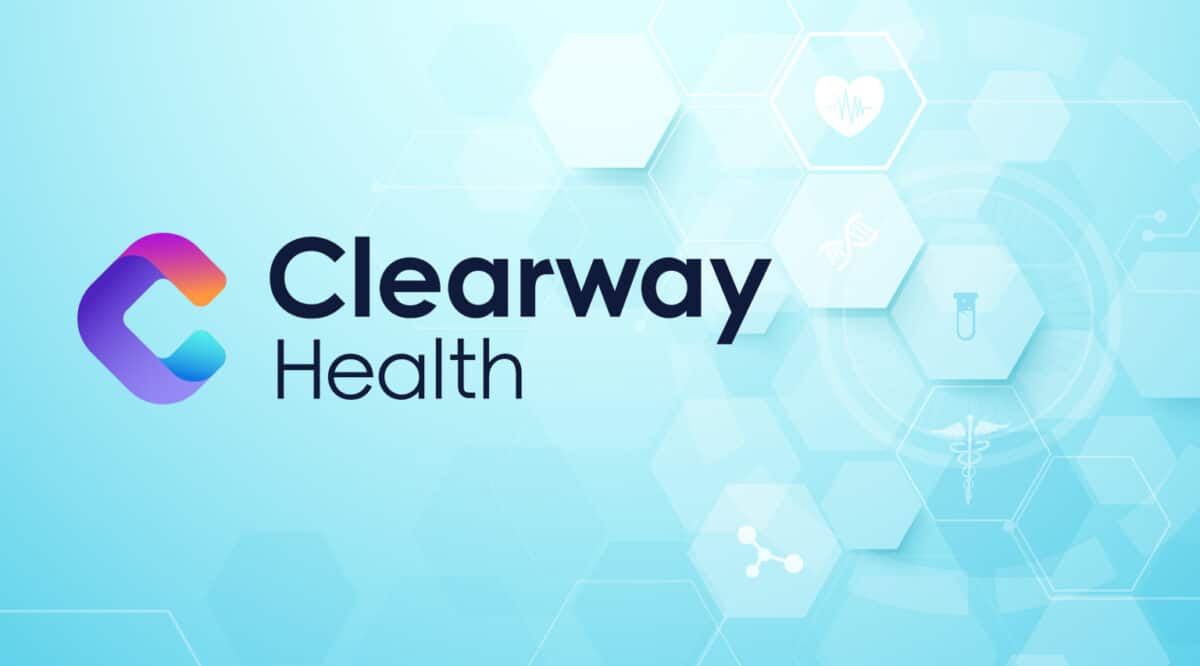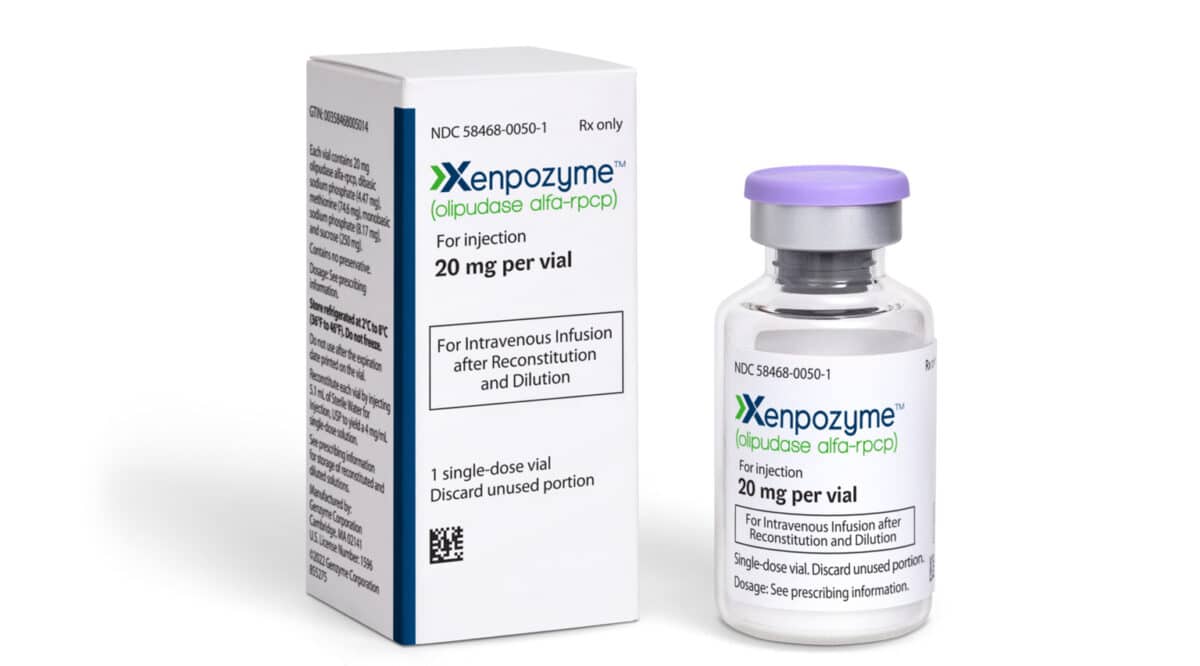One of the few 2022 specialty pharmacy acquisitions was announced recently. Elevance Health will acquire long running BioPlus as it seeks to expand its specialty pharmacy services. (BioPlus is one of the few mature Specialty Pharmacies that have not been acquired and taken out of the independent Specialty Pharmacy column.) Elevance is an insurer that was formerly known as Anthem Health…. BioPlus will be integrated into Elevance’s PBM, IngenioRx.
Elevance is continuing a trend of insurers scooping up SPs. The deal was cut with Nautic Partners / CarepathRx which had invested in BioPlus some time ago.
Looking back a bunch of years we found that there has been scant press about BioPlus (save a little faux pas related to a HIPAA violation earlier this year.) Also, BioPlus did not make the 2021, Top 15 Largest SP list….. so we don’t have any solid idea about revenues.
Why are insurers keen on integrating SPs into their portfolios?
In a word, money….. and leverage (that’s two words). A well-run SP…. with enough volume will be profitable. Elevance can steer plan members into their PBM, IngenioRx, and thereby to there specialty pharmacy. That supercharges profit opportunity. And, PBMs love leverage over manufacturers. Being able to put large specialty purchases on the table goes a long way in negotiations for rebates, etc.
Financial terms of the deal were not disclosed.
———————————————————————
Elevance Health to Acquire BioPlus
Acquisition deepens Elevance Health’s capabilities in specialty pharmacy
November 09, 2022
INDIANAPOLIS–(BUSINESS WIRE)–Elevance Health (NYSE: ELV) today announced that it has entered into an agreement with CarepathRx, a portfolio company of Nautic Partners, to acquire BioPlus, a comprehensive specialty pharmacy. BioPlus provides a complete range of specialty pharmacy services for patients living with complex and chronic conditions, such as cancer, multiple sclerosis, hepatitis C, autoimmune diseases, and rheumatology. This acquisition will help Elevance Health meet the specialty drug needs of its clients and customers with a whole-health approach, supported by integrated programs across Elevance Health and Carelon, Elevance Health’s healthcare services brand.
“In making BioPlus part of the Elevance Health family, we are committed to leveraging our resources to scale and broaden the reach of BioPlus’ best-in-class specialty pharmacy capabilities, delivering greater affordability and access to critical medications.”
Tweet this
“As a trusted, lifetime health partner, the acquisition of BioPlus helps us deliver on our whole-health strategy that gives our consumers improved access and reliability to their prescriptions when they need it most,” said Pete Haytaian, Executive Vice President, Elevance Health and President, Carelon. “In making BioPlus part of the Elevance Health family, we are committed to leveraging our resources to scale and broaden the reach of BioPlus’ best-in-class specialty pharmacy capabilities, delivering greater affordability and access to critical medications.”
The company will look to expand BioPlus’ speed and service models across more complex disease treatment areas to provide timely access to medication, deliver leading support services for both providers and patients, and ensure individuals receive distinctive clinical expertise and service at all levels of care.
BioPlus currently offers Centers of Excellence (CoEs), which address therapeutic areas such as oncology and multiple sclerosis, and Elevance Health will look to build out additional CoEs for therapeutic areas to serve consumers. CoEs include teams of specialized pharmacists and clinicians knowledgeable in therapeutics areas who partner with patients throughout their treatment journey. These services help ensure medication access, adherence, and high-quality health outcomes.
After the acquisition closes, the specialty pharmacy will operate as part of IngenioRx, Elevance Health’s pharmacy benefit manager within Carelon, Elevance Health’s healthcare services brand. BioPlus’ offerings will complement IngenioRx capabilities and will increase Elevance Health’s ability to provide end-to-end pharmacy services, act as a patient advocate for integrated services, and promote affordability.
After BioPlus is integrated into Elevance Health, consumers who receive both medical and pharmacy benefits from Elevance Health’s subsidiaries will benefit from the company’s ability to leverage medical and pharmacy data to deliver proactive, whole-health insights. Carelon will connect its businesses through its digital platform, so in situations where BioPlus’ pharmacy team identifies a patient who may need behavioral health support or in-home care services, that team will be able to seamlessly connect that patient to services to address their whole health needs.
The acquisition is subject to customary closing conditions and is expected to close in the first half of 2023. BioPlus is not expected to have a material impact on adjusted earnings per share in 2023.
About Elevance Health, Inc.
Elevance Health is a lifetime, trusted health partner fueled by its purpose to improve the health of humanity. The company supports consumers, families, and communities across the entire care journey – connecting them to the care, support, and resources they need to lead healthier lives. Elevance Health’s companies serve more than 119 million people through a diverse portfolio of industry-leading medical, digital, pharmacy, behavioral, clinical, and complex care solutions. For more information, please visit www.elevancehealth.com or follow us @ElevanceHealth on Twitter and Elevance Health on LinkedIn.
About CarepathRx
CarepathRx seeks to transform pharmacy care delivery for health systems and hospitals by delivering improved patient outcomes that drive clinical, quality, and financial results. Through an industry leading, comprehensive, end-to-end hospital pharmacy care delivery model, CarepathRx works to turn hospital pharmacy into an active care management strategy and revenue generator while providing support across the patient’s complete healthcare journey. The company takes an enterprise approach, providing a powerful combination of technology, market-leading clinical pharmacy services, and wrap-around services that aim to optimize pharmacy performance for fully integrated pharmacy operations, expanded healthcare services, improved ambulatory access, minimized clinical variation, and new health system revenue streams. Today, CarepathRx serves more than 20 health systems and 600 hospitals, with more than 2,000 employees nationwide. For more information about CarepathRx, visit www.carepathrxllc.com.
About Nautic
Nautic Partners, LLC (“Nautic”) is a middle-market private equity firm that focuses on three industries: healthcare, industrials, and services. Nautic has completed over 150 platform transactions throughout its 35-plus year history. Nautic’s strategy is to partner with management teams to accelerate the growth trajectory of its portfolio companies via add-on acquisitions, targeted operating initiatives, and increased management team depth. For more information, please visit www.nautic.com.







